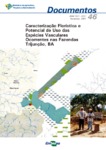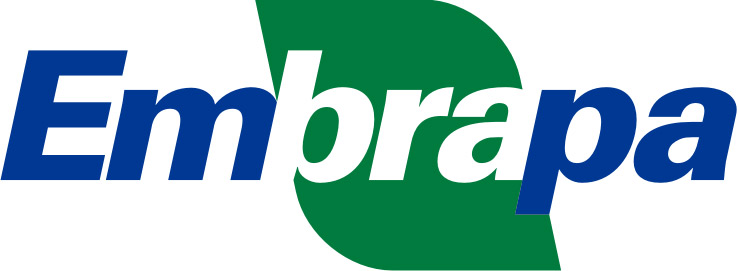Por favor, use este identificador para citar o enlazar este ítem:
http://www.infoteca.cnptia.embrapa.br/infoteca/handle/doc/568026Registro completo de metadatos
| Campo DC | Valor | Lengua/Idioma |
|---|---|---|
| dc.contributor.author | RIBEIRO, J. F. | pt_BR |
| dc.contributor.author | FELFILI, J. M. | pt_BR |
| dc.contributor.author | WALTER, B. M. T. | pt_BR |
| dc.contributor.author | MENDONÇA, R. C. de | pt_BR |
| dc.contributor.author | FILGUEIRAS, T. S. | pt_BR |
| dc.contributor.author | SILVA, M. R. da | pt_BR |
| dc.date.accessioned | 2011-07-08T12:35:34Z | - |
| dc.date.available | 2011-07-08T12:35:34Z | - |
| dc.date.created | 2004-12-13 | pt_BR |
| dc.date.issued | 2001 | pt_BR |
| dc.identifier.citation | Planaltina, DF: Embrapa Cerrados, 2001. | pt_BR |
| dc.identifier.uri | http://www.infoteca.cnptia.embrapa.br/infoteca/handle/doc/568026 | pt_BR |
| dc.description | ABSTRACT: Proper management of natural areas requires phisical (soil, climate and topography) and biological (fauna, flora and microorganisms) characterization. Such information is extremaly useful for management plans of conservation unit such as National Parks, Extractive Reserves of Natural Resources Reserve (RPPN). This study aimed characterize floristic and phytosociological aspects of the microregion of the Trijuncao Farms. The main phytophysiognomies were evaluated in order to select species with economical potential. The phytofionomics of Mata de Galeria Inundavel (swamped gallery forest), Cerradão, Cerrado, Vereda, Campo Sujo and Campo Limpo, and also Carrasco, a typical vegetation of the transition between Cerrado and Caatinga biome were identified. In the studied are it 478 plant especies were found. This figure represents almost 38% of the flora of the region and at least 7% of the flora of all the Cerrado biome. The most representative botanical family was leguminosae with 53 species. Also, the area presented 125 species with some kind economic potential . A list with each one of these species is presented with vernacular name and possible uses. Althrough preliminary, these are important and show the intense diversity of the Cerrado flora and the significance of its utilization in sustainable manner. | pt_BR |
| dc.language.iso | por | pt_BR |
| dc.relation.ispartofseries | (Embrapa Cerrados. Documentos, 46). | pt_BR |
| dc.rights | openAccess | pt_BR |
| dc.subject | Fitossociologia | pt_BR |
| dc.subject | Zoneamento | pt_BR |
| dc.subject | Uso | pt_BR |
| dc.subject | Fazenda Trijunção | pt_BR |
| dc.subject | Bahia | pt_BR |
| dc.subject | Brasil | pt_BR |
| dc.subject | Use | pt_BR |
| dc.title | Caracterização florística e potencial de uso das espécies vasculares ocorrentes nas fazendas Trijunção, BA. | pt_BR |
| dc.type | Folhetos | pt_BR |
| dc.date.updated | 2011-07-08T12:35:34Z | pt_BR |
| dc.subject.thesagro | Biodiversidade | pt_BR |
| dc.subject.thesagro | Cerrado | pt_BR |
| dc.subject.thesagro | Flora | pt_BR |
| dc.subject.thesagro | Recurso Natural | pt_BR |
| dc.subject.nalthesaurus | Brazil | pt_BR |
| dc.subject.nalthesaurus | biodiversity | pt_BR |
| dc.subject.nalthesaurus | natural resources | pt_BR |
| dc.subject.nalthesaurus | zoning | pt_BR |
| dc.format.extent2 | 48 p. | pt_BR |
| riaa.ainfo.id | 568026 | pt_BR |
| riaa.ainfo.lastupdate | 2009-10-28 | pt_BR |
| Aparece en las colecciones: | Série Documentos (CPAC)  | |
Ficheros en este ítem:
| Fichero | Descripción | Tamaño | Formato | |
|---|---|---|---|---|
| doc46.pdf | 703.88 kB | Adobe PDF |  Visualizar/Abrir |









